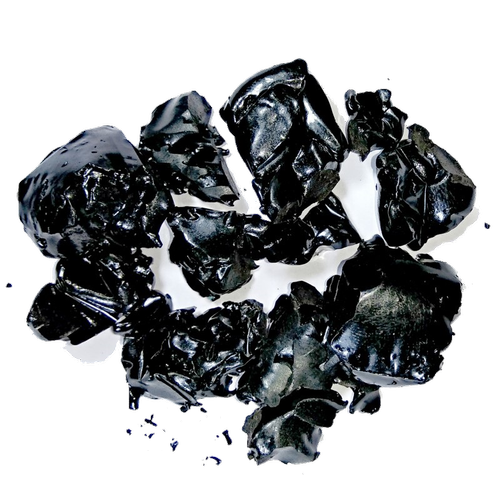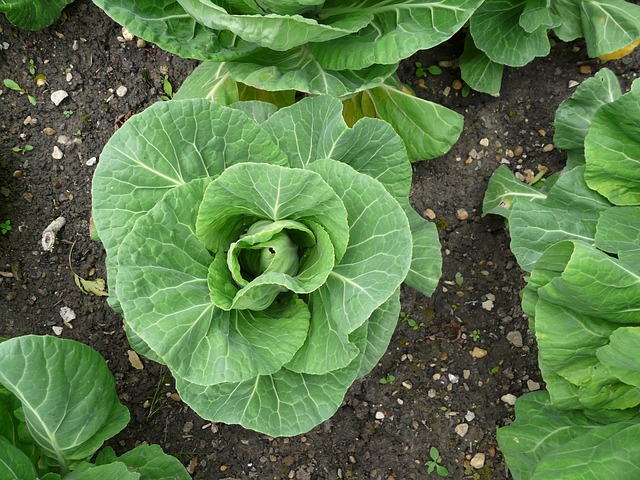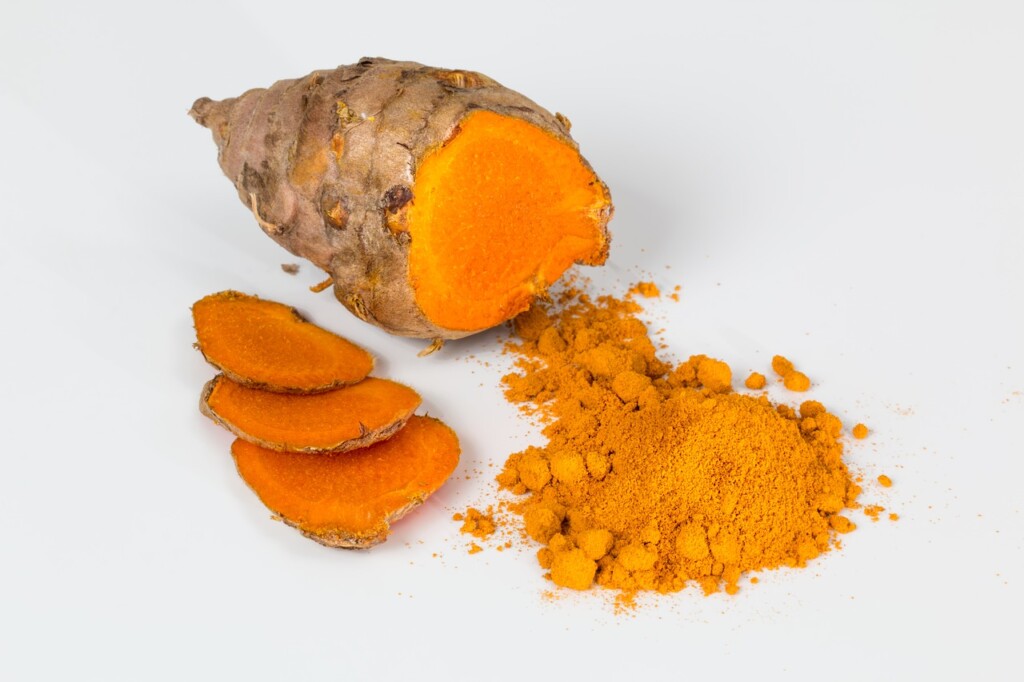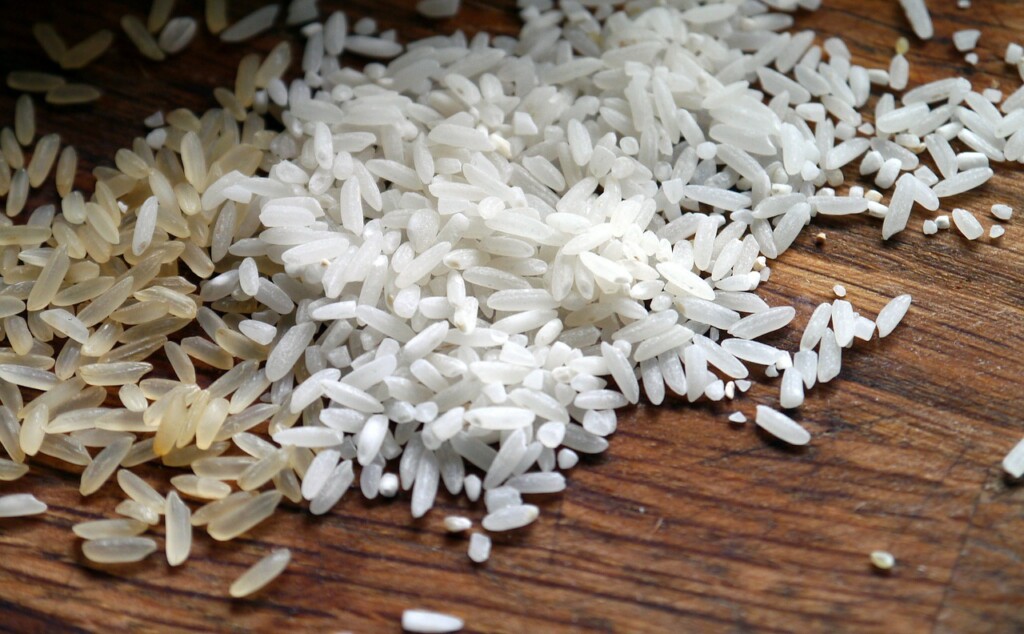There are many delicious and nourishing foods that Ayurvedic practitioners recommend consuming, but there are five Ayurvedic foods that stand out as being the most important edibles to include in your diet. These foods are shilajit, rice, leafy greens, blueberries, and turmeric. (If you don’t know what shilajit is, see here for information: https://www.purehimalayanshilajit.com/himalayan-vs-altai-shilajit/ )
Why do we prioritize these five foods over others as being the most important? Let’s take a detailed look at the logic behind these choices:
According to Ayurvedic medicine, people each have a dominant dosha: either Vata, pitta, or Kapha. While you most likely have a mix of all three of these doshas, it’s probable that one dosha dominates your body. Doshas play a prominent role in governing which foods you need to eat to maximize your overall health and well-being.
If you take Ayurvedic principles seriously, it can be a challenge to cook a meal for yourself and your family, friends, or significant other. Unless you all share the same dosha, your dietary needs will be different. However, there are some foods that are said to be “tridoshic” — meaning that these foods are balancing and nourishing to people of all three doshas. The five foods we’ve selected are all noteworthy for being tridoshic. Each of these foods offers multiple benefits to everyone, no matter what dosha you’re trying to balance.
1. Shilajit

Shilajit is a safe and potent nutritional supplement that comes from some unlikely places. According to the experts at the PureHimalayanShilajit website, premium-quality shilajit originates in the high-altitude rocks and caves in the Altai and Himalayan mountain ranges.
Shilajit is at the top of our list of important tridoshic foods because it contains a wealth of beneficial nutrients including fulvic acid and essential minerals. The composition of shilajit can vary, but it has been known to contain combinations of magnesium, silica, calcium, iron, manganese, and other minerals.
Clinical researchers have studied shilajit’s effects on a range of conditions, and they have determined that shilajit is likely to be beneficial for a broad variety of purposes. For example, shilajit may have a protective effect against radiation damage from chemotherapy. Overall, research has indicated that shilajit is a useful dietary supplement.
2. Rice
Rice is a dietary staple in much of the world, and it is a food that is balancing for people of any dosha.
Brown rice is usually preferable to white rice because it has better nutritional profile than white rice does. Brown rice includes protein plus minerals including manganese, magnesium, niacin, and others.
However, brown rice might not be the best choice for people who need to balance their pitta. In that case, white basmati rice would be preferable.
3. Leafy Greens

People of all doshas benefit from consuming leafy green vegetables such as kale, spinach, bok choy, arugula, mustard greens, and chard. Greens vary in their nutritional content, but all of them are nutritious. Leafy greens also contain high amounts of helpful antioxidants.
4. Blueberries

There are many nutritious fruits that people of any dosha can enjoy. These include apricots, berries, cherries, figs, and grapes. It’s beneficial to eat all of these, and we recommend doing so. But if you’re going to prioritize any of these fruits in your diet, blueberries stand out as being the top priority fruits to consume.
Why?
Blueberries are high on our list of most important Ayurvedic foods because, aside from dried fruits, which some Ayurvedic practitioners advise people to avoid, blueberries are highest on the Oxygen Radical Absorbance Capacity (ORAC) scale. This means that, relative to other fruits, they offer extremely high amounts of protective antioxidants.
They also offer additional health benefits including high concentrations of nutrients such as vitamin C, vitamin K, and manganese.
5. Turmeric

According to the Ayurvedic perspective on food, it is also medicine – and turmeric illustrates this principle clearly. Turmeric is a flavorful food that also appears to act as a potent preventative medicine. Research has revealed that it apparently has anti-viral properties and may be helpful for boosting memory and preventing cognitive decline.
Turmeric also contains many beneficial nutrients including protein, vitamin C, vitamin E, calcium, potassium, manganese, magnesium, and zinc.
These are our recommendations for the top 5 Ayurvedic foods to include in your diet. Of course, these are not the only beneficial Ayurvedic foods you’ll want to consume. There are many other foods beyond these that are healing, nourishing, and balancing. However, these five foods are worth prioritizing because you can enjoy all of them with friends and because of the numerous other benefits mentioned.
Beyond these choices, we recommend following an Ayurvedic dietary plan that is specifically customized for your dosha. We’ve posted an article explaining how to understand your body type; this page includes some information on which foods you’ll want to eat and which you should avoid, depending on your individual body type.
- Top 5 Ayurvedic Foods to Include into Your Diet - July 31, 2021



0 Comments